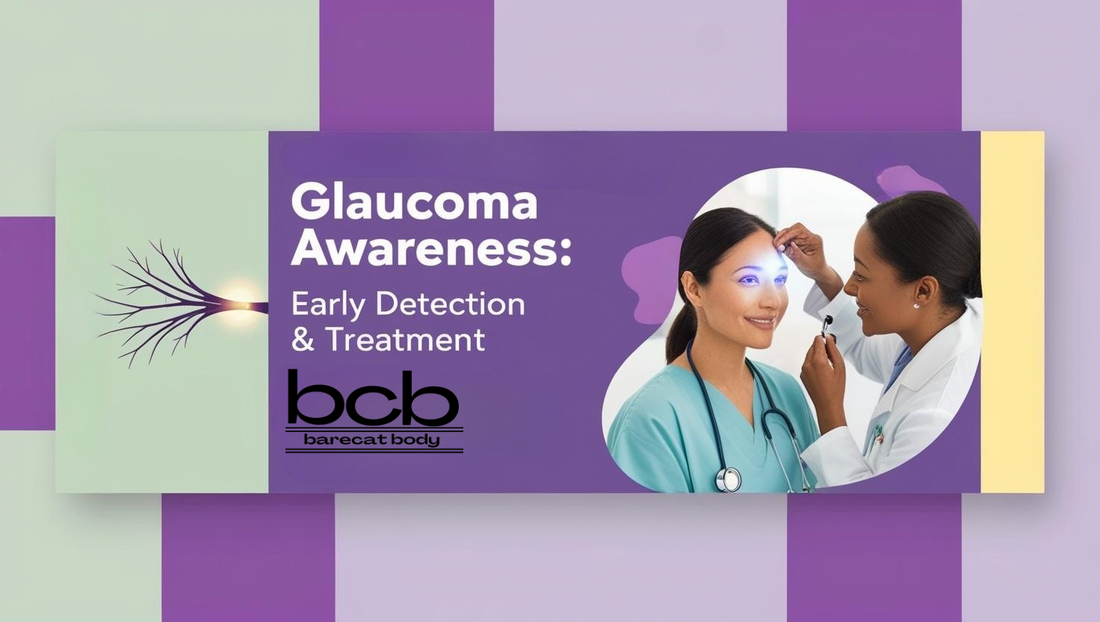
Glaucoma Awareness: Early Detection and Treatment Options
Aktie
What Is Glaucoma?
Glaucoma is a group of eye diseases that damage the optic nerve, which is responsible for sending visual signals to the brain. This condition is often caused by increased pressure inside the eye. If left untreated, glaucoma can lead to permanent vision loss.
There are several types of glaucoma, including:
• Open-angle glaucoma – The most common type, where pressure builds up gradually.
• Angle-closure glaucoma – A more severe form that can cause sudden vision loss.
• Normal-tension glaucoma – Occurs even when eye pressure is normal but still damages the optic nerve.
Since glaucoma can develop without noticeable symptoms, regular eye exams are the best way to detect it early.
Signs and Symptoms of Glaucoma
Glaucoma symptoms may not appear until significant damage has occurred, but early signs include:
• Gradual loss of peripheral vision
• Blurred vision
• Eye pain or pressure
• Seeing halos around lights
• Sudden vision loss (in severe cases)
If you notice any of these symptoms, schedule an eye exam immediately. Early detection allows for better treatment options.
Risk Factors for Glaucoma
Certain factors increase the risk of developing glaucoma, including:
✔ Family history of glaucoma
✔ High eye pressure
✔ Age (over 60)
✔ Diabetes and high blood pressure
✔ Long-term steroid use
While some risk factors can’t be controlled, lifestyle changes and regular checkups can help prevent serious complications.
Natural Remedies for Supporting Eye Health
Although medical treatment is necessary for glaucoma, some natural remedies may help support eye health and slow its progression.
1. Follow an Eye-Healthy Diet
Nutrient-rich foods can reduce inflammation and support optic nerve function:
✔ Leafy greens (kale, spinach)
✔ Berries and citrus fruits
✔ Fatty fish (salmon, tuna)
✔ Nuts and seeds
2. Reduce Caffeine Intake
High caffeine consumption may increase eye pressure, so switching to herbal teas or decaf options can help.
3. Manage Stress
Chronic stress can contribute to increased eye pressure. Try relaxation techniques like yoga, deep breathing, or meditation.
4. Exercise Regularly
Gentle exercise, like walking or swimming, improves circulation and may help lower eye pressure.
5. Use Essential Oils
Some people find relief from tension and eye strain by diffusing essential oils like frankincense and lavender (never apply directly to the eyes).
Medical Treatment Options for Glaucoma
While natural approaches support overall eye health, medical treatment is necessary to control glaucoma. Common options include:
1. Prescription Eye Drops
Eye drops help reduce eye pressure by improving fluid drainage or decreasing fluid production.
2. Laser Therapy
Laser procedures, such as selective laser trabeculoplasty (SLT), can enhance eye drainage and lower pressure.
3. Surgery
For severe cases, surgery may be required to create a new drainage pathway and prevent further vision loss.
4. Medications
Oral medications may be prescribed if eye drops and other methods are not effective.
How to Protect Your Vision
✔ Get routine eye exams, especially if you’re at risk.
✔ Eat a diet rich in antioxidants and healthy fats.
✔ Limit caffeine intake to maintain stable eye pressure.
✔ Try natural remedies to support optic nerve health.
✔ Follow your doctor’s recommendations for medical care.
Final Thoughts
Glaucoma is a serious condition, but early detection and proper care can help preserve your vision. By combining routine eye checkups, lifestyle changes, natural remedies, and medical treatment, you can take steps to protect your eyesight for years to come.
